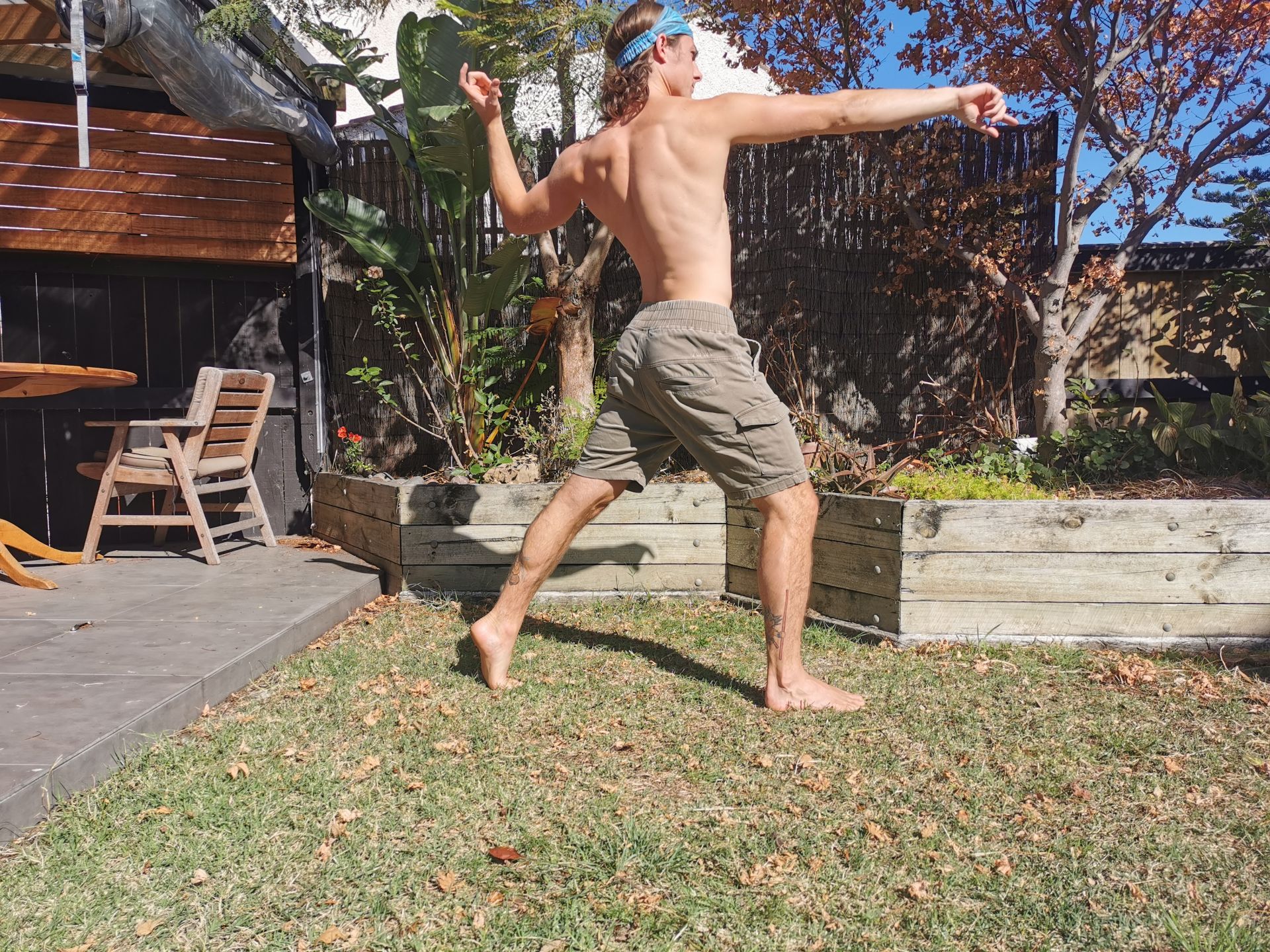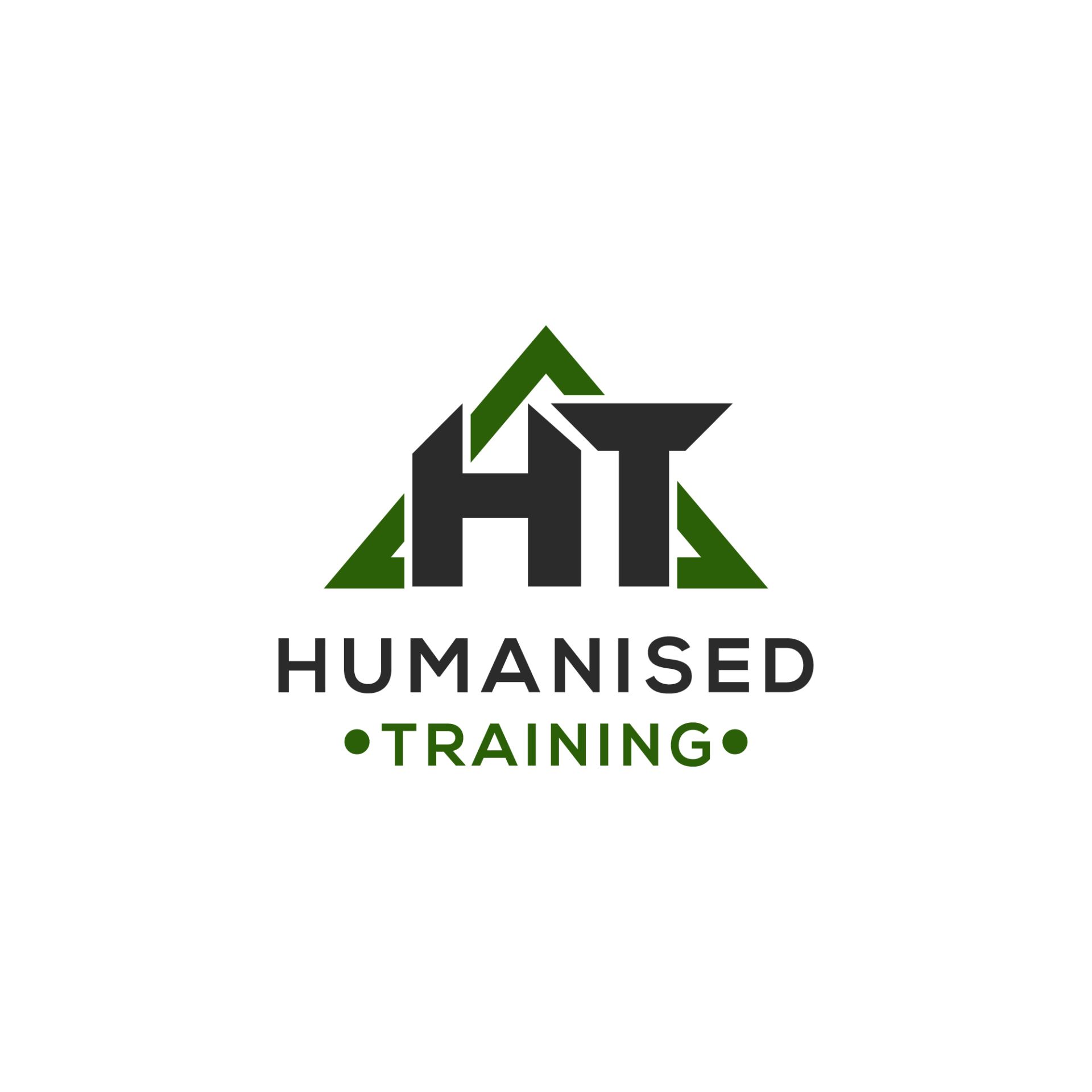Muscles have shapes.
They move in multiple directions, so let’s
train them as such.
Our muscles and our body possess the ability to move in a
whole variety of directions. We see this in sports, in dance, and in other human
movements such as running, climbing, throwing, carrying etc.
But when it comes to exercise,
traditionally we have been scared to truly express the shapes and the movements
of our muscles. Exercise traditionally has been very robotic and mainly
focusing on building up the size of the muscle tissue as opposed to the overall
expression and function.
I will give a very basic example: Let’s take the biceps brachii. This is the biceps muscle found in our upper arm. Now, most people would assume that it simply works to bend the elbow joint and move the forearm closer to the upper arm (think a bicep curl). But when we look at the true function of the bicep, it also helps to rotate the forearm, and in doing so, we create this sort of ripple effect through the bicep muscle to create this movement. Now you will find this function evident when people are throwing an object, historically for hunting, and in more modern days, for sports such as throwing a ball or a punch. This motion extends from the hand, through the forearm, up the upper arm, into the pectorals, the shoulders and right down the torso into the lower body creating this full body, rotational, and dynamic movement.

We can also add more full body, freestyle training into our routine where we are simply exploring our own natural movements and expressions. A simple way to explore this is starting on the floor through crawling. There are no rules here, you can simply let your body be your guide. If you have any issues like wrist, knee, or back pain for example, then start small. Add in some light mobilizing movements like wrist stretches and planks to get the body more mobile, and connected. From there you simply explore your body and move. Crawling works our legs, our core, our shoulders, basically our whole body. And more importantly, it connects our body, creating more cohesion and also exposing weak areas that we may be neglecting in our regular training routine. Allowing us to be more aware of these weak points so we can focus in and train them more to improve their strength. Also, my personal favourite form of natural movement is walking, running, climbing, and balancing on objects outside. I love to explore and play outside and test my abilities. Finding some rocks to balance on, or a tree to climb makes movement and exercise more explorative, raw, & playful.
Training can be fun. In fact, it SHOULD be fun. We have so much potential as human beings, once we discover what we are truly capable of. If you found this topic interesting, and are looking for more in your life; more health, more vitality, more enjoyment when it comes to movement and exercise. Then you may enjoy Humanised Training. We are an online school and community that teaches you through video based training courses, helping you rebuild the foundation of your physical body and branching out to discover your true athletic potential, no matter your starting point. See below the subscriptions we have available and start your journey to new health!

